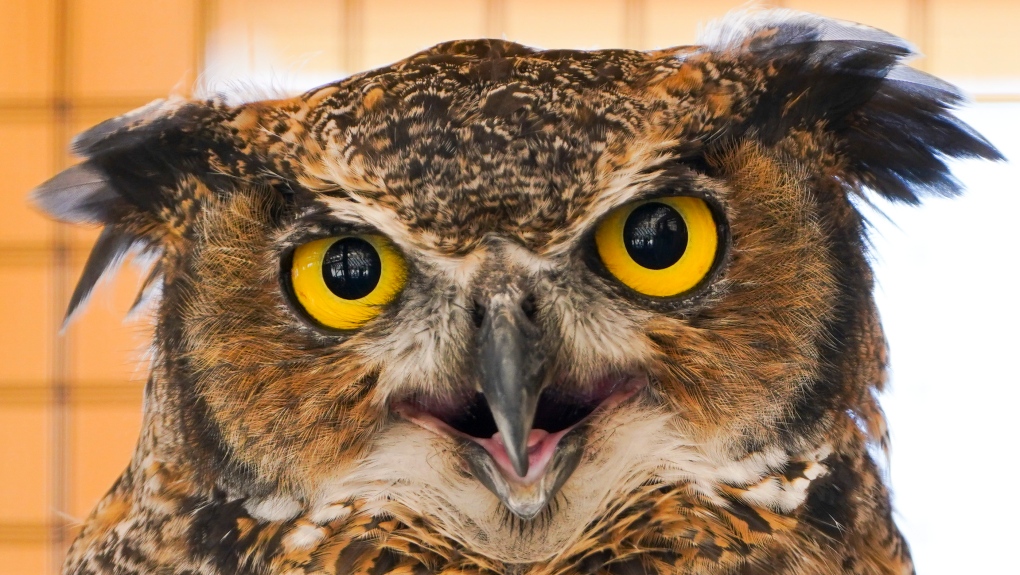
Giving a hoot on Earth Day: How to protect owls in your own backyard
CTV
Living in a room dominated by humans, owls face many challenges. With Earth 2024 taking place April 22, take some time on Monday to do what you can for our furry friends.
The plight of Flaco, the Eurasian eagle-owl who escaped New York’s Central Park Zoo last year, showed just how tough it is to survive in a world altered by humans.
The gorgeous creature with a six-foot wing span, piercing orange eyes and tufted ears captivated the world as he flew freely throughout Manhattan. Flaco fans posted social media updates every time they sighted him soaring, landing and catching prey, sparking an intense love affair.
But then it was over. After a year on the lam, Flaco died after flying into a Manhattan high rise. Crying emojis dominated social media. The reactions almost seemed outsized – but paying attention to nature will do that to a person. We had come to know Flaco, in a way. A necropsy showed he had also ingested a potentially lethal amount of rat poison.
The attention to Flaco’s life and death isn’t an anomaly. During the pandemic, people who had never been interested in the wildlife in their own backyards began to take notice.
Owls’ popularity has soared in the U.S. along with the number of Americans engaged in birdwatching. A survey by the U.S. Fish and Wildlife Service found a whopping 96 million people now take part in observing or photographing birds in parks or their backyards. That’s double the birdwatching going on just eight years ago.
But there’s something particularly special about owls people seem to appreciate.
“Maybe it’s because they look like us,” says, Denver Holt with the Owl Research Institute.
